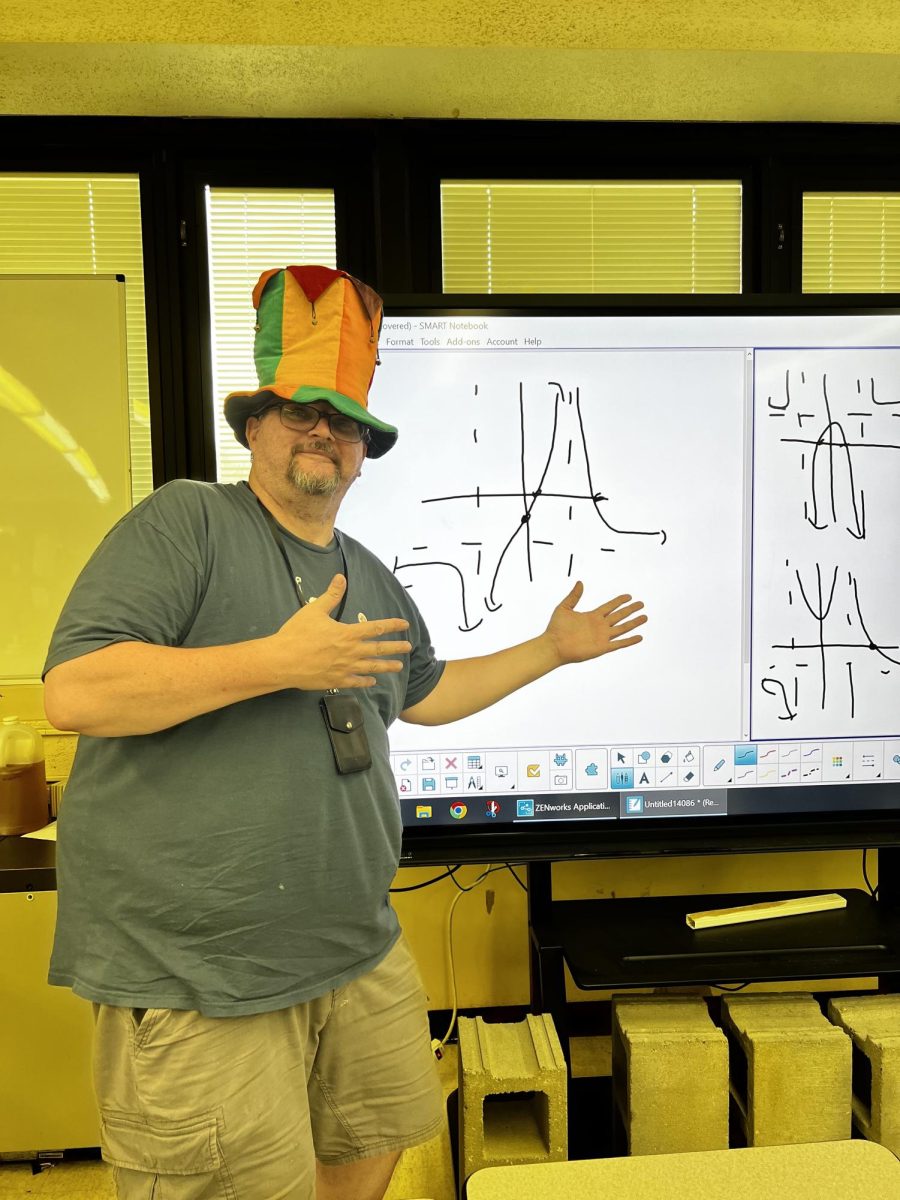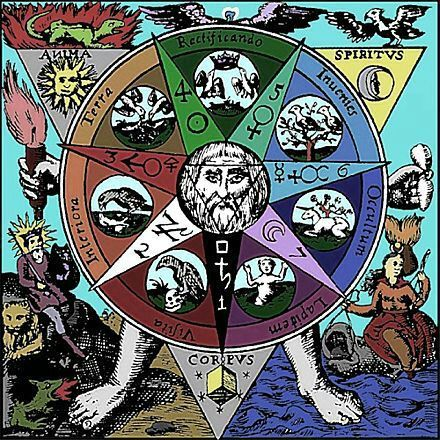Originally theorized by Arnold Sommerfeld, 1 / 137, the fine structure constant has puzzled physicists for centuries. It describes the strength of electromagnetic interaction at an atomic level, and due to its inability to be derived from first principles, it has remained largely elusive. This unitless quantity, while a mystery to the world of science, was thought to offer a sort of inextricable connection between science and the psyche. Discoverer of the exclusion principle and Nobel Prize Laureate in Physics, Wolfgang Pauli, and renowned psychoanalyst Carl Jung worked together in the early 20th century, attempting to uncover the link between rationality and consciousness.
Pauli, originally skeptical of this idea proposed by Jung, had over time become one of Jung’s collaborators, diving deep into his psychoanalytic work. As a result of his investigation into Jungian theory, Pauli went on to examine the alchemical and mystical properties of his own discovery of the exclusion principle, which was responsible for him becoming famous to this day. Upon reflection, he realized that during this time, he had almost alchemical-like dreams exploring the jump between 3 and 4. The transition from the number 3 to 4 was often debated by alchemists of the medieval era and later the Renaissance as they tried to find the fundamental number from which all things came. These dreams had directly inspired Pauli, offering a pathway for him to consider the quantum numbers increasing from 3 to 4 . Now on board, Pauli focused his genius on 1 / 137, seeing it now not only as a mere constant, but also a symbolic gateway and an intersection of science, mysticism, and ultimately meaning. This sprouted years of dialogue between Pauli and Jung, two titans of their respective fields.
As Pauli’s therapist, Jung began to analyze Pauli’s ideas by engaging with his dreams and reflections as well as seeing the dreams as an archetypal link between tangible reality and his ideas of the collective unconscious. Through Pauli’s dream of a world clock containing mandalic imagery and the numbers found on the clock, Jung and Pauli were able to construct an approximation for the fine structure constant (1/137) using symbolic numbers within the dream. Coincidences like Pauli’s dreams and physical properties of the universe have been studied by Carl Jung as a part of his research into synchronicity, a concept seeking to explain meaningful correlations in the psyche that lack an identifiable causal link. Synchronicity is manifest in 1/137. The existence of life as we know it is owed to a similar coincidence. 1/137 is the perfect number for molecules to form and atoms to exist. If it were even a little bit different, the universe would be entirely unrecognizable. For Jung and Pauli, the fine structure constant 1 / 137 was more than just a unitless constant attempting to explain a property of the material plane. It was an exclusive pass which offers a peek behind the curtains of reality. Ultimately, the mystery of 1/137 suggests that mind and matter may be woven together by the same unseen fabric.


































